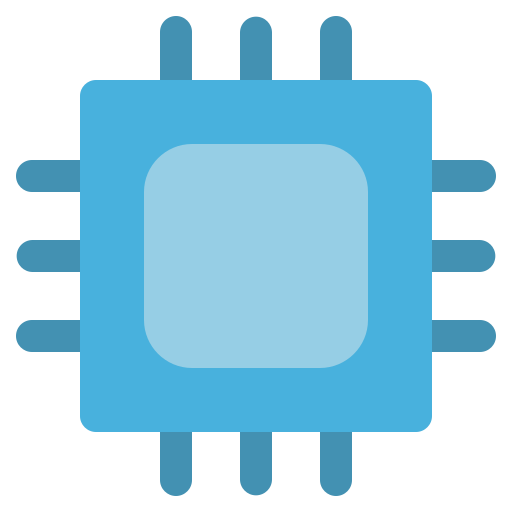The gyroscopic effect of slowly spinning, light bicycle wheels is negligible compared to the weight of the bike and it’s rider. If it was what keeps you upright, riding a tiny scooter-thing with skateboard/inliner wheels would be impossible. I mean those without motor, pedals, where you push yourself forward with one foot on the ground), often for kids.
What actually keeps you upright isn’t a physical effect, but just training your brain to instinctually keep you upright. While you’re moving, turning the handlebar effectively moves the bike below you left and right. So if you start tilting to the right, you turn right (slightly) so the bike/scooter is moving below you to compensate. That’s why learning to ride anything that is balancing on 2 wheels takes a relatively long time, but only once. Then your brain knows what to do, and it just works without thinking about it.
















Normal bikes that you just push aren’t that stable without a rider, but you can get it some distance. They still fall over rather quickly. That’s mostly the form of the handlebars like gnu commented. And yes, without a rider, the gyroscopic effect is relevant. A bike weighs let’s say 15 kg, and a rider is commonly like 75kg. Of course removing like 80% of the weight changes if the gyroscopic has a meaningful influence. Add the rider back, and it becomes negligible again.
This is of course even more pronounced if you push only a wheel with nothing else, then there’s nothing left but momentum and the gyroscopic effect.
The reason you lean into a turn is exclusively the centrifugal force (not sure that’s the right twin), if you don’t you fall over because you have nothing to turn against. Changing direction needs something to push against.